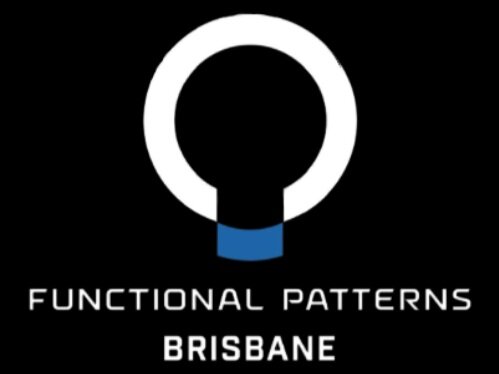Balance Workouts & the Healthy Spine: What to Avoid
Most people think improving balance means standing on one leg, wobbling on a ball, or stretching more. But those routines often create the same imbalances they claim to fix.
True balance isn’t about tricks or tension — it’s about how efficiently your structure organises movement. When your mechanics are off, balance training can actually reinforce poor posture and joint stress.
A healthy spine isn’t built by adding instability; it’s built by restoring coordination between the ribs, pelvis, and hips.
Why Most Balance Workouts Miss the Point
Conventional balance workouts tend to isolate rather than integrate. Exercises like single-leg squats or unstable-surface training often cause more compensation than correction.
Here’s what to avoid if you want long-term improvement:
Unstable balance toys – Wobble boards and BOSU balls shift focus to reaction, not alignment. They train chaos, not control.
Static balance holds – Standing still on one leg may improve endurance but won’t teach the body how to coordinate dynamically.
Stretch-based routines – Overstretching reduces tension temporarily but doesn’t restore structural organisation.
Overloaded core drills – Heavy planks or sit-ups reinforce poor ribcage positioning and compress the spine.
When your body is already compensating, instability and overexertion amplify dysfunction. Balance improves when the system learns efficiency — not when it’s constantly challenged to “fight for control.”
Strength and Balance Exercises: What Not to Overdo
Strength and balance exercises should build integration — but mainstream routines often separate strength from structure.
Avoid these common mistakes:
Lifting heavy without posture awareness – More weight doesn’t mean more stability; it increases asymmetry when your foundation is off.
Overemphasis on leg dominance – Lunges and squats done without pelvic control strengthen imbalance, not balance.
High-rep “functional” classes – When precision is replaced with fatigue, your nervous system learns poor movement patterns.
Strength should come from coordination, not compensation. A healthy backbone forms when movement is balanced through all planes — rotation, extension, and flexion — with proper alignment.
Why Stability Isn’t the Same as Stiffness
A stable body isn’t a rigid one. The goal of stability workouts is adaptability — the ability to move, load, and reset efficiently.
What to avoid if your goal is true stability:
Bracing the core excessively – Constant abdominal tension limits breathing and locks up the spine.
“Tight equals strong” mindset – Stiffness feels secure in the short term but prevents dynamic balance.
Holding positions too long – Static posture training neglects how your body should stabilise through motion.
Real stability emerges when breathing, posture, and coordination work in sync. You should feel supported, not restricted.
Before: Flaccid & Stiff After: Integrated with Tension
The Hidden Cost of Overtraining “Balance”
Many people train balance as a skill to master rather than a system to restore. That’s why they plateau — or worse, develop chronic tightness and spinal pain.
Repeating drills that prioritise difficulty over function can lead to:
Uneven joint loading
Pelvic or shoulder asymmetry
Core fatigue and compensation
Loss of natural coordination
If your balance activities leave you feeling tighter or off-centre, they’re reinforcing dysfunction.
The Path to a Healthy Spine
A healthy spine comes from reprogramming how your body interacts with gravity. It’s not about chasing “stability challenges” — it’s about teaching your structure to distribute forces evenly.
Once movement patterns are integrated, your body begins to self-correct. Posture improves, joints decompress, and movement feels lighter — not forced.
That’s the essence of functional training: precision, not performance.
Ready to Rebuild Your Balance from the Ground Up?
If you’ve been chasing “balance workouts” that leave you tight, sore, or frustrated, it’s time for something different.
THE Balance & Symmetry 6 Week Program
A structured corrective training series designed to help you rebuild alignment, stability, and confidence in movement.
When: Thursdays, 5–6 pm
Start Date: 30 October 2025
Where: Functional Patterns Brisbane (in-studio)
Coach: Harj
Investment: $360 upfront (includes workbook + at-home program)
Over six weeks, you’ll retrain your movement patterns using Functional Patterns methodology — addressing root asymmetries, not symptoms.
FAQs
Do I need experience to start?
No. We focus on mechanics first — not intensity or flexibility.
Can this help with back pain or poor balance?
Yes. When your structure is retrained to move symmetrically, posture and balance naturally improve.
Is this like a regular group class?
No. It’s a precision-based corrective series — no random workouts, no fluff.
Functional Patterns Brisbane
Movement-Based Rehabilitation | Posture Correction | Results That Last
Would you like me to now build an SEO keyword map for this one (grouping search intent: “balance for back pain,” “stability training for adults,” etc.)? That’ll make it easier to plan supporting articles or social posts.



